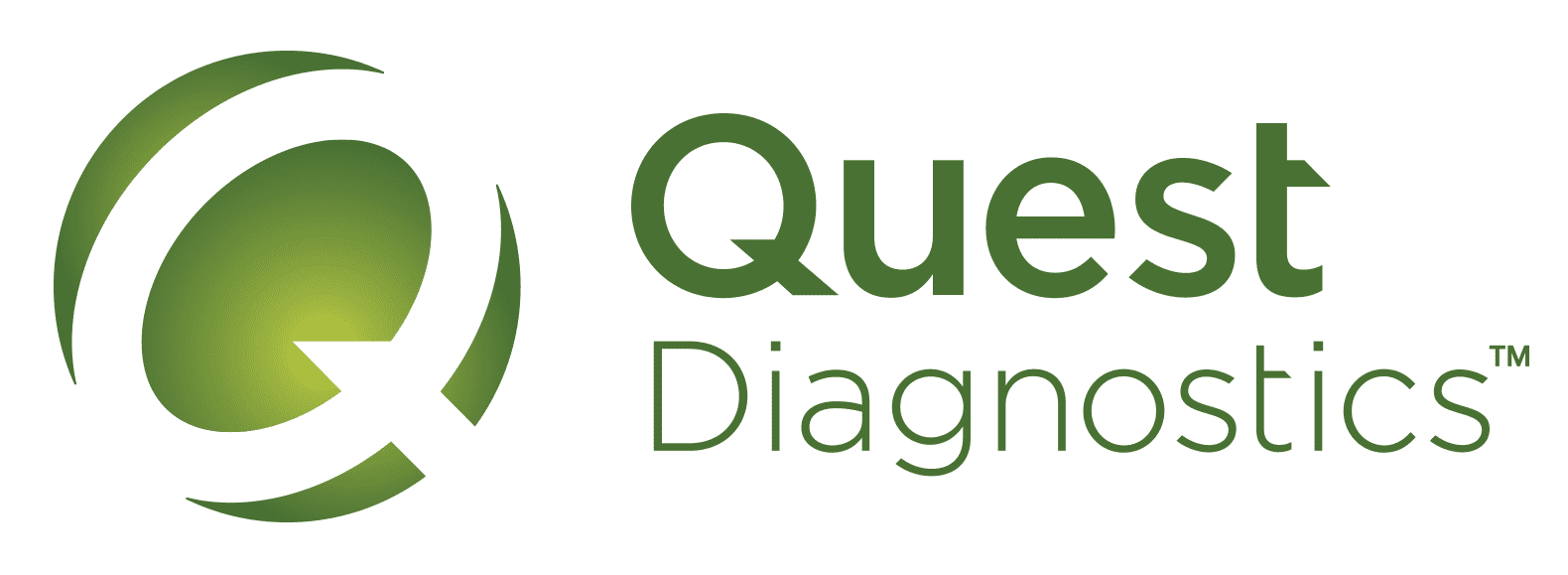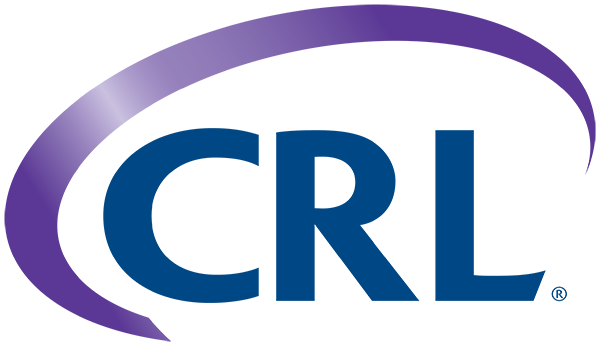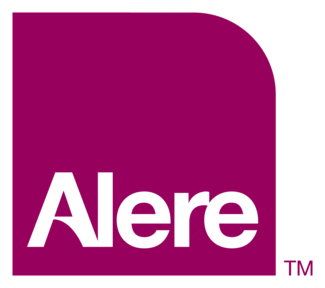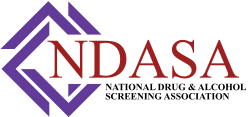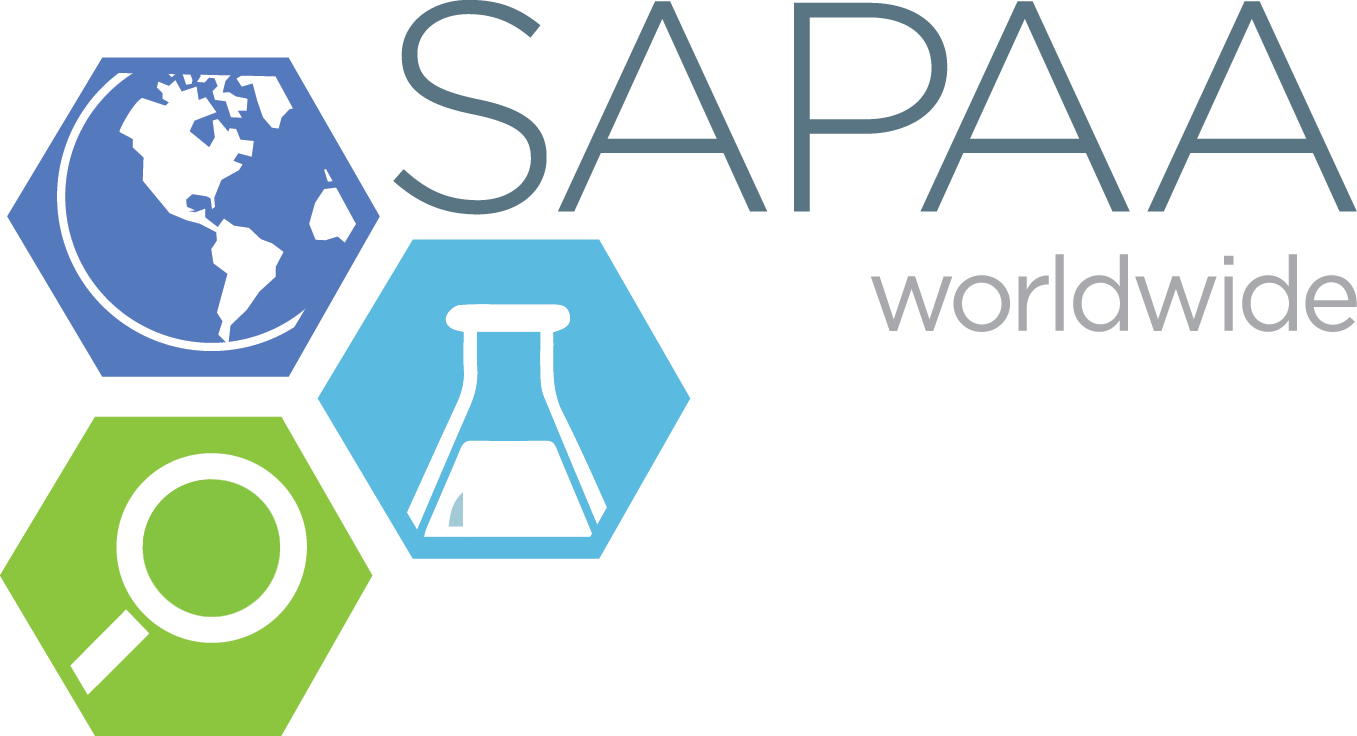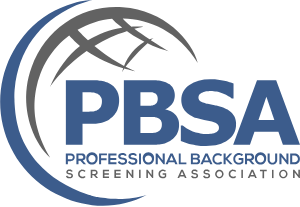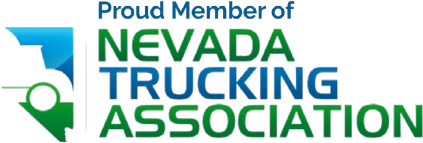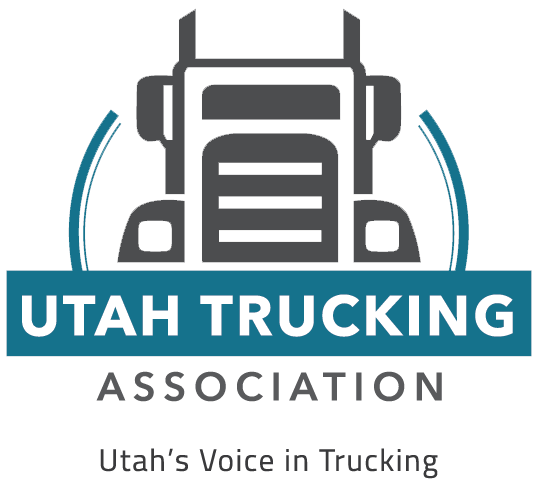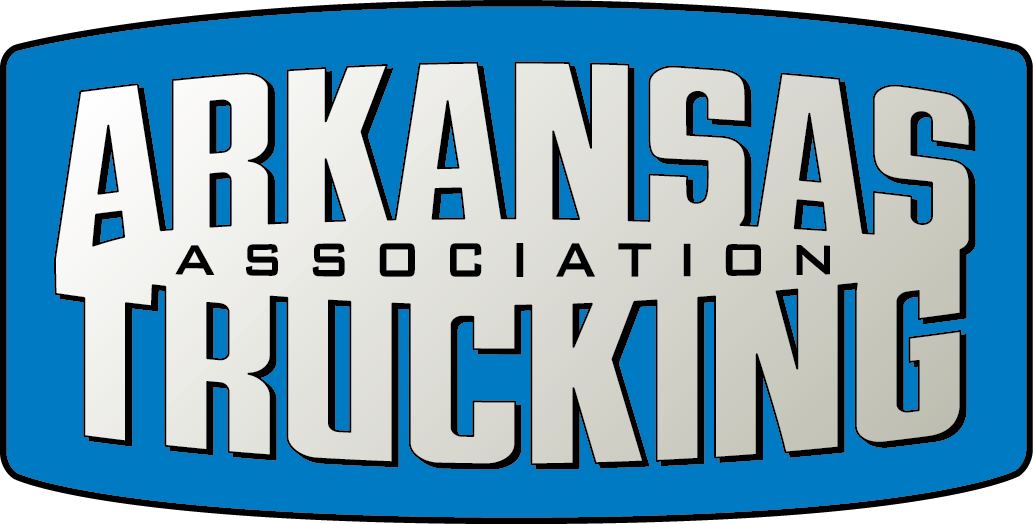Occupational Health Services - Vision Screening
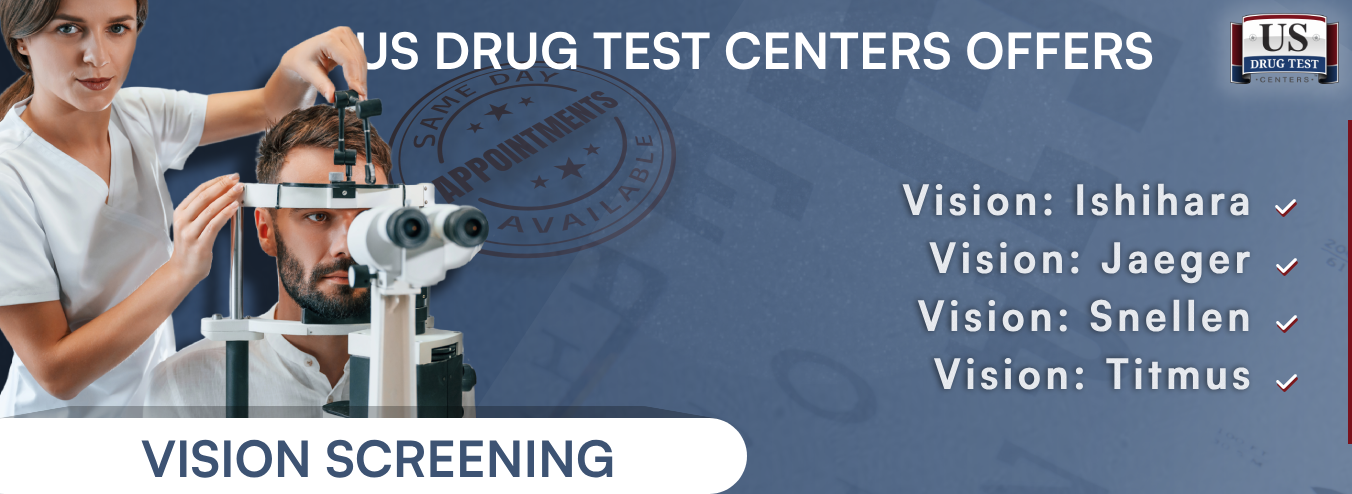
Last Updated: February 10, 2025
- Overview & Benefits
- Individual Tests
Overview & Benefits
Vision screening in occupational health is a crucial preventive measure used to assess employees' visual acuity, depth perception, color vision, and peripheral vision. These screenings help ensure that workers meet the necessary visual requirements for their job roles, particularly in industries where clear and accurate vision is essential for safety and productivity.
US Drug Test Center’s vision screenings Meet OSHA, DOT, FAA, and other industry-specific vision standards, and identify vision issues that could lead to accidents, errors, or misjudgments, reducing workplace hazards and liability risks.
Occupational vision screenings are typically conducted using tools including the Snellen chart, Jaeger card, Ishihara color test, and the Titmus vision screener. These tests help detect refractive errors (nearsightedness, farsightedness, astigmatism), color blindness, and other vision impairments that may affect an employee’s performance.
Industries such as healthcare, transportation, manufacturing, aviation, and construction rely on vision screenings to prevent workplace accidents and maintain safety standards.
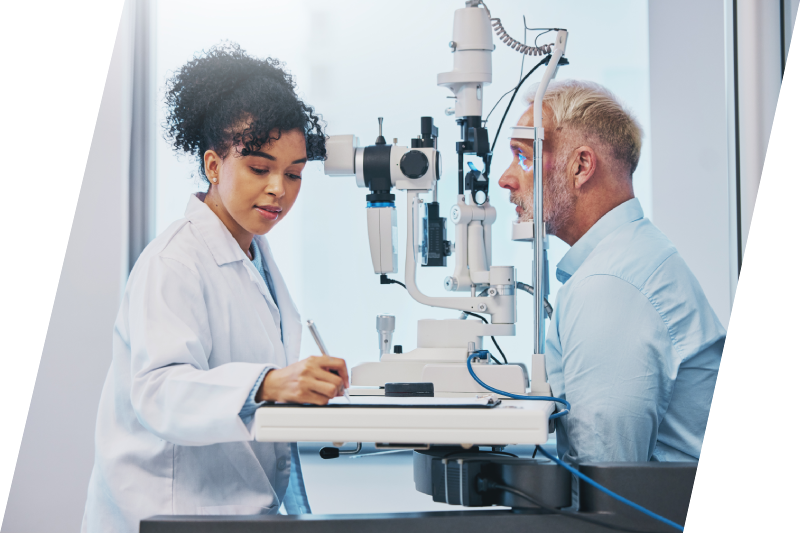
Services
Vision: Ishihara
Vision: Ishihara
Overview & Purpose
The Ishihara Vision Screening Test is a widely adopted color blindness test that assesses an individual's ability to perceive colors. Specifically, this test distinguishes between red and green shades, as red-green is the most common type of color blindness.
This test consists of a series of plates with colored dot patterns, some of which form numbers or shapes that individuals with normal color vision can see but those with color vision deficiencies cannot. It is commonly used in military, aviation, and transportation fields where accurate color recognition is essential for safety.
Includes
- Ishihara Vision Screening Test: A series of plates confirming an individual’s red-green color blindness
The Ishihara Vision Screening Test is an essential tool for detecting red-green color blindness in various settings, including occupational health assessments. By using different plates designed to reveal specific color vision deficiencies, the test ensures that individuals in safety-critical jobs (such as pilots, drivers, and electricians) meet necessary vision requirements.
Vision: Jaeger
Vision: Jaeger
Overview & Purpose
The Jaeger Vision Screening Test is a commonly used near-vision acuity test that assesses an individual's ability to read small print at a close distance. It is primarily used to detect presbyopia (age-related near vision decline), hyperopia (farsightedness), and other near-vision impairments.
This test involves a Jaeger card, which contains printed text in progressively smaller font sizes (J1 to J20). The individual is asked to read the text at a standard reading distance of 14 inches (35 cm). It is widely used in occupational health, eye exams, and pre-employment screenings to ensure workers have adequate near vision for tasks requiring fine detail, such as reading, writing, or using instruments.
Includes
- Jaeger Vision Screening: Farsightedness testing via a card 14 inches away from an individual’s face
The Jaeger Vision Screening Test is a vital tool for assessing near vision acuity in both occupational and medical settings. It helps employers maintain a safe, productive work environment while allowing employees to identify and correct near-vision issues early. Ensures employees can read small print, digital screens, see warning labels, and perform close-up tasks comfortably.
Vision: Snellen
Vision: Snellen
Overview & Purpose
The Snellen Vision Screening Test is one of the most widely used methods for assessing visual acuity at a distance. It determines how well an individual can see objects at a standard distance, typically 20 feet (6 meters). The test utilizes a Snellen eye chart, which consists of rows of letters in progressively smaller sizes.
A person’s vision is then recorded as a fraction. 20/20 vision means the person can see clearly at 20 feet what a normal-sighted person sees at the same distance, while 20/40 vision means the person must be 20 feet away to see what a normal-sighted person can see at 40 feet. Generally speaking, the larger the bottom number of a visual acuity ratio, the less sharp a person’s vision will be.
The Snellen test is commonly used in occupational health, driver's license exams, school vision screenings, and pre-employment assessments to ensure individuals have adequate distance vision for safety and job performance.
Includes
- Snellen Vision Screening Test for nearsightedness
The Snellen Vision Screening Test is an essential tool for assessing distance vision acuity, ensuring workplace safety, regulatory compliance, and employee wellbeing. By detecting visual impairments early, it helps both employers and employees maintain optimal performance.
Vision: Titmus
Vision: Titmus
Overview & Purpose
The Titmus Vision Screening Test is a comprehensive vision assessment tool used to evaluate various aspects of visual function, including distance and near visual acuity, depth perception (stereopsis), and peripheral vision. Unlike the other testing methods that utilize charts, it is performed using a specialized optical machine that presents vision tests in a controlled environment.
This screening is widely used in occupational health, school vision programs, driver's license exams, and industrial safety programs to ensure individuals meet the necessary visual requirements for work, education, and daily tasks.
Unlike standard Snellen or Jaeger tests, the Titmus test evaluates multiple vision aspects, including stereopsis (depth perception) and peripheral vision, which are critical for jobs like driving, piloting, and operating machinery.
Includes
- Titmus Vision Screening: Tests near and distance vision, binocular vision, and peripheral vision via a screening device
The Titmus Vision Screening meets OSHA, DOT, FAA, and other industry-specific vision standards, ensuring employees are qualified to safely perform their roles.

